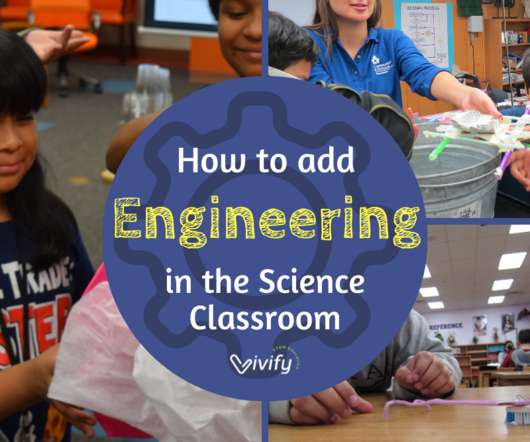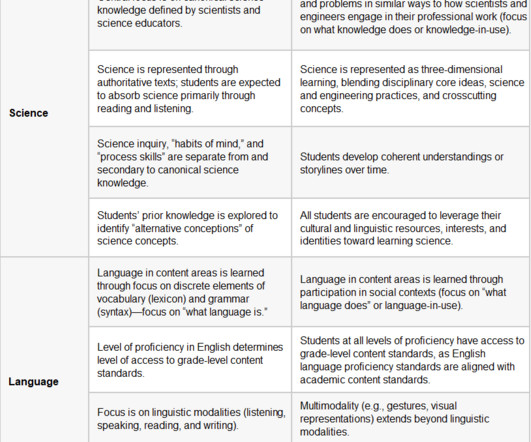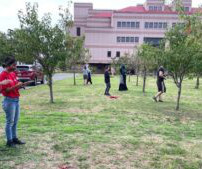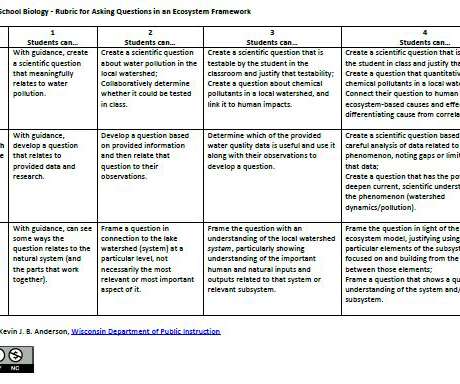Engineering in the Science Classroom
Vivify Stem
NOVEMBER 22, 2022
It’s a big topic to tackle, but we try to provide simple strategies, recommended lessons, and more resources to get you started. Instead, they adopt a three-dimensional approach that involves students not only understanding science concepts but using those concepts to answer questions and solve problems. Credit: Houseal, A.













Let's personalize your content